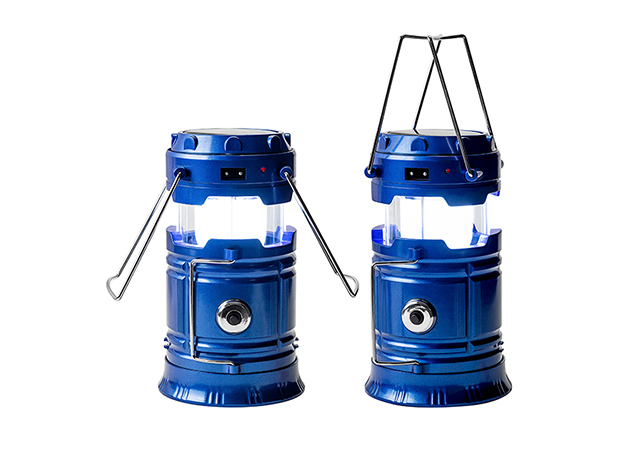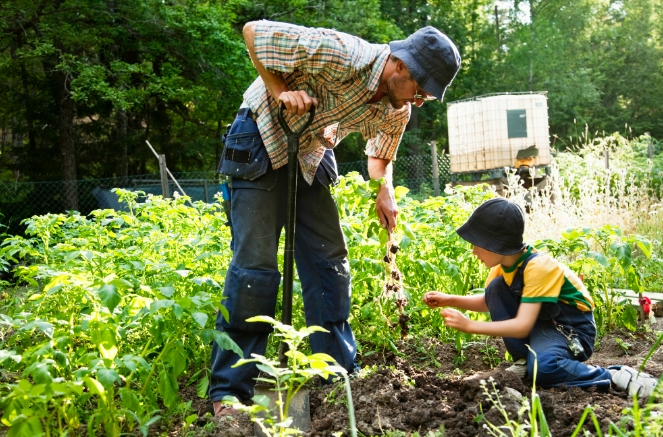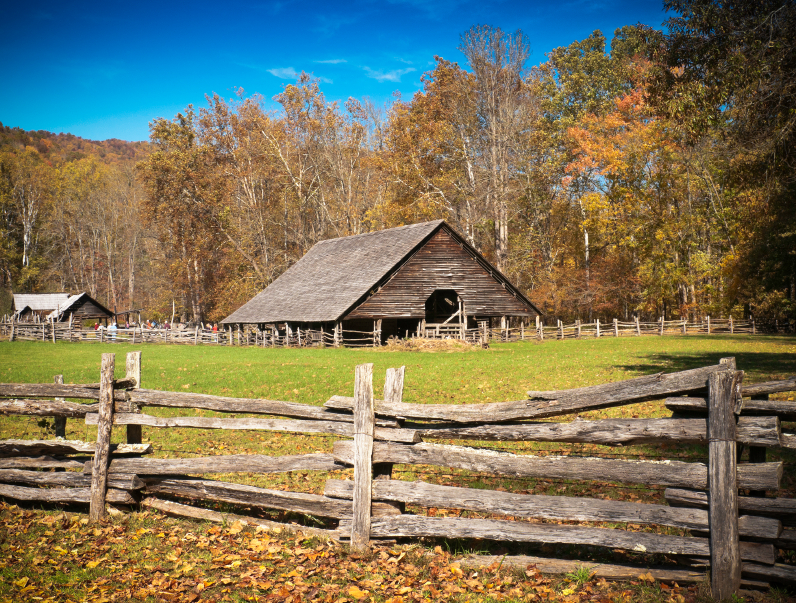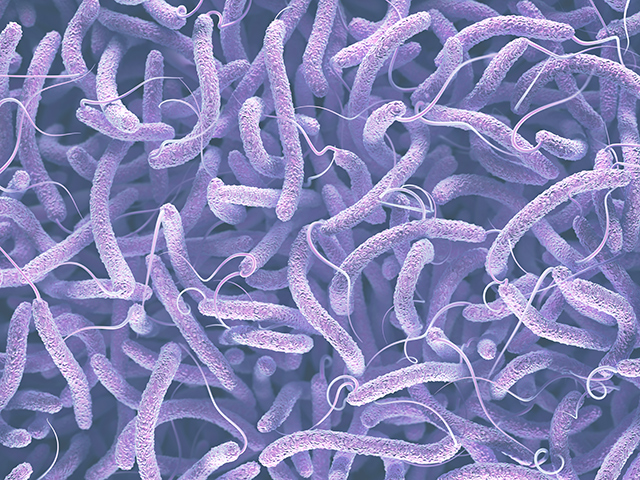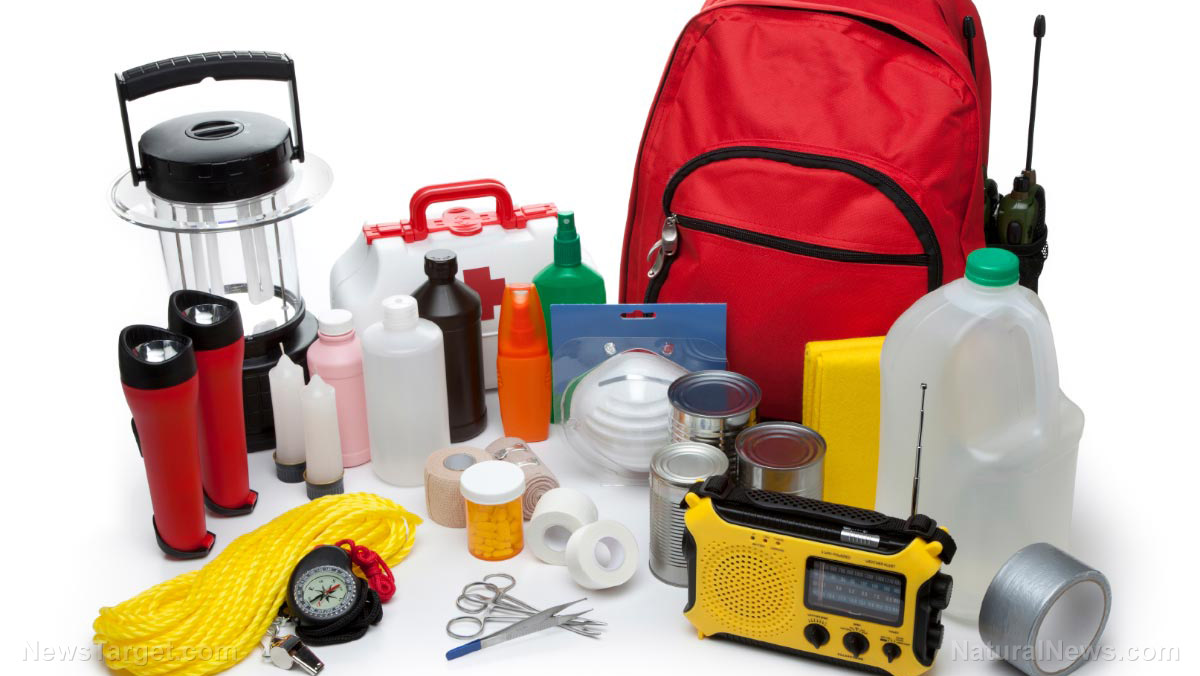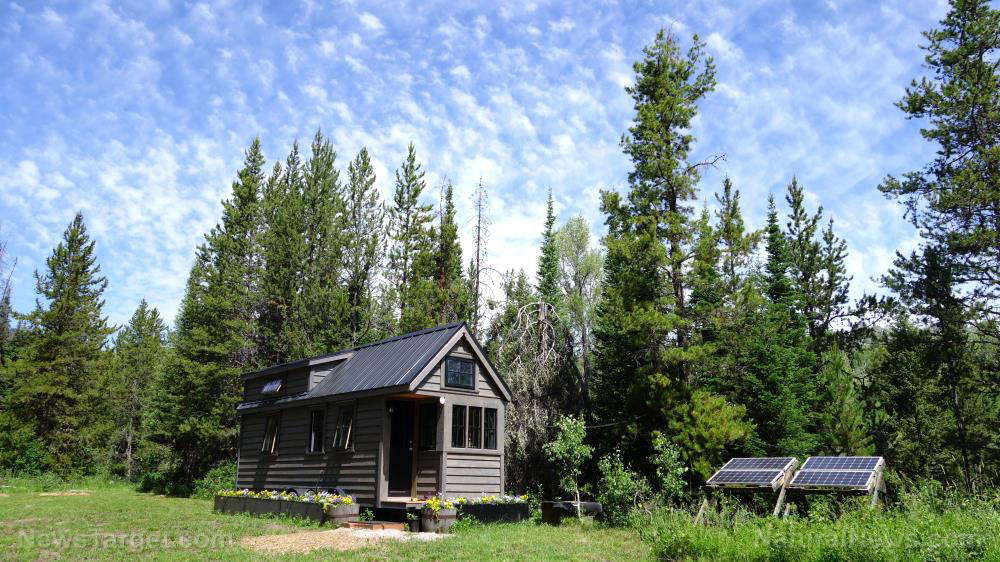Survival food: More wild edible roots you can hunt and gather
07/02/2019 / By Mary Miller
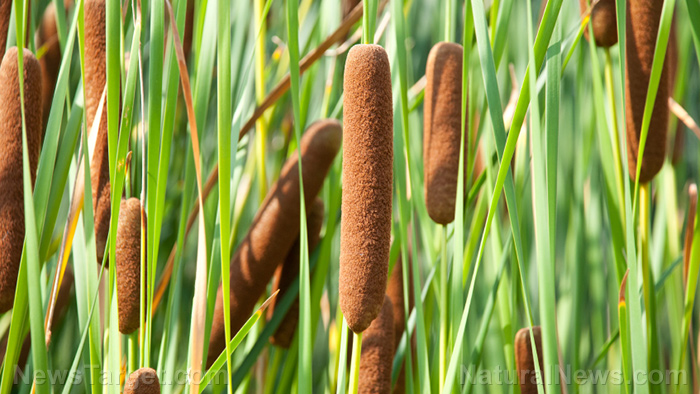
When SHTF, you may be forced to forage for edible plants to ward off starvation. You never know when your life may depend on your ability to identify which plants can serve as temporary sources of nutrition. Wild, edible roots are packed with nutrients, making them excellent survival foods. Improve your chances of survival by learning how to identify these wild, edible roots. (h/t to PreppersWill.com)
Yellowbell
As their name suggests, yellowbell plants have a distinctive bell-shaped flower with a vibrant yellow hue. They are also known as yellow fritillaries and are commonly found along dry hillsides and sagebrush. While the entire plant can be eaten raw, gently digging up the plant will reveal a bulb-like corm underneath that tastes similar to potatoes. These bulbs are also said to taste like rice when cooked. Yellowbell plants are best eaten boiled or roasted. However, the plant’s green seedpods may taste bitter. (Related: Top 10 edible roots to help keep you alive and healthy in a survival situation.)
Cattail
You can find cattails in freshwater wetlands and smaller bodies of water, such as ponds and streams. However, they can be full of pollutants if the water source has been contaminated. Be sure to only harvest cattails from clean water sources. When you find your cattails, you can simply loosen the mud around the base of the plant, and gently pull the plant upwards. When washed clean, the roots can be eaten raw or boiled. Most of the plant is edible. You may find that the roots taste like celery, while the tail-like flower spike tastes like corn.
Sponsored solution from the Health Ranger Store: The Big Berkey water filter removes almost 100% of all contaminants using only the power of gravity (no electricity needed, works completely off-grid). Widely consider the ultimate "survival" water filter, the Big Berkey is made of stainless steel and has been laboratory verified for high-efficiency removal of heavy metals by CWC Labs, with tests personally conducted by Mike Adams. Explore more here.
Waterleaf
The waterleaf plant is known by many names, including pussyfoot, woolen-branches, and cat-breeches. It is rich in nutrients, and can often be found growing in moist, rich soil under shaded areas. All parts of the waterleaf plant are edible and can be eaten raw, but be sure to thoroughly wash the roots before eating. Since the roots contain plenty of moisture, they are best eaten boiled.
Dandelion
You may have encountered these bright, yellow weeds in your own yard or garden before. If you have, then you might want to think twice about clearing them from your garden. Dandelions can be used as both food and medicine. Not only are dandelions highly nutritious, but they also offer a wide array of medicinal properties. Dandelions are rich sources of iron, calcium, magnesium, potassium, and vitamins A, C, and K. Due to their high antioxidant content, dandelions are a great anti-inflammatory food. They can also help you control your blood sugar and cholesterol levels. Dandelion root can be eaten raw or boiled for a few minutes. It can also be dried, ground up, and turned into a tea.
Wild onion
Onions are a popular culinary ingredient that can be used to add flavor to various soups and dishes, but in a pinch, they can be eaten on their own. There are so many different species of wild onion that you’re bound to find at least one kind in your local area. Wild onions can be eaten raw, but roasting them brings out their more intense flavor. They can also be dried and stored for future use. Additionally, you may use wild onion leaves as a makeshift insect repellent. All you have to do is to crush the leaves and rub them on your arms and legs.
If you know how and where to look, you won’t find any shortage of wild, edible roots that you can use as survival food.
Sources include:
Tagged Under: bug out, Cattail, Dandelion, emergencies, emergency food, homesteading, off grid, onion, outdoors, Plants, preparedness, prepper, prepping, prepping tips, self-reliance, SHTF, survival, survival food, survivalist, useful roots, waterleaf, wild edible roots, wild onions, wilderness, yellowbell
RECENT NEWS & ARTICLES
COPYRIGHT © 2017 · SURVIVAL NEWS

